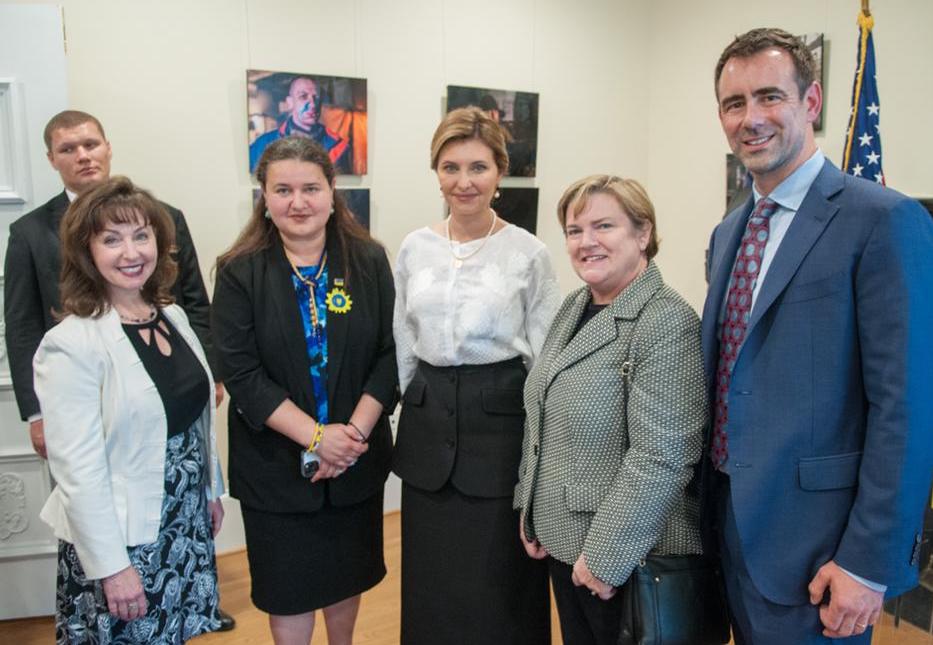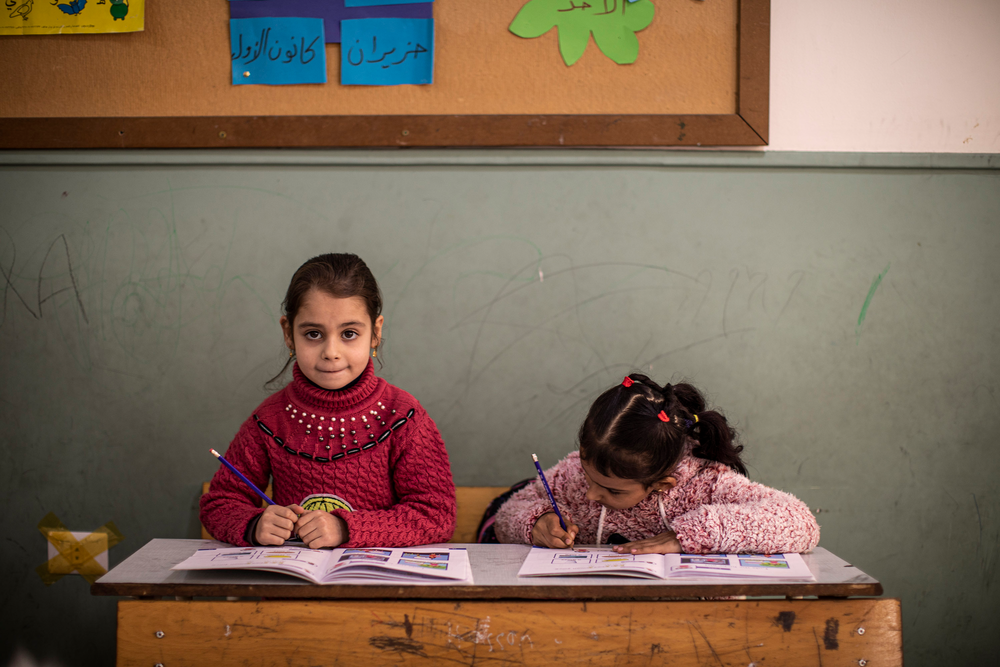
Join the #SafeSchools campaign: sign our petition now
Children in conflicts, Education in emergencies, Safe schools
More than 80 million children have had their education disrupted by conflicts and natural disasters in the past year. And 37 million of them were forced out of school.
When wars, terrorism, earthquakes, flooding and health emergencies strike, children need urgent humanitarian aid. That means the basics of food, shelter and safety.
But children also need an education. In the midst of horror and despair, they need safe schools, a future and hope.
Yet less than 2% of all humanitarian aid in 2015 went towards education.
You can play a part in ensuring that children caught up in the next conflict or natural disaster are in a safe school – and not at risk of child labour, early marriage, trafficking and extremism.
World leaders will meet at the first ever World Humanitarian Summit in Instanbul in May. This will be a defining moment for the future of humanitarian aid.
Theirworld – the children’s charity behind A World at School – is launching the #SafeSchools campaign today to ensure those leaders commit to set up a new platform to fund education in emergencies.
Public pressure is needed to make sure they deliver – and you can tell them to take action by signing the #SafeSchools petition. Just click on the button below.
With your backing, the new platform can – and must reach – at least 20 million children annually within five years – with a plan in place to reach every child by 2030.
The shocking statistic that 80 million children have had their education affected by emergencies is revealed in a report published today by A World at School.
The “scorecard” looks at the progress – or lack of it – in funding education in 28 countries hit by emergencies.
It shows that – despite a record number children affected by crises – less than 2% of all humanitarian aid in 2015 went to education. That has left an annual funding shortfall of $9 billion.
More news

